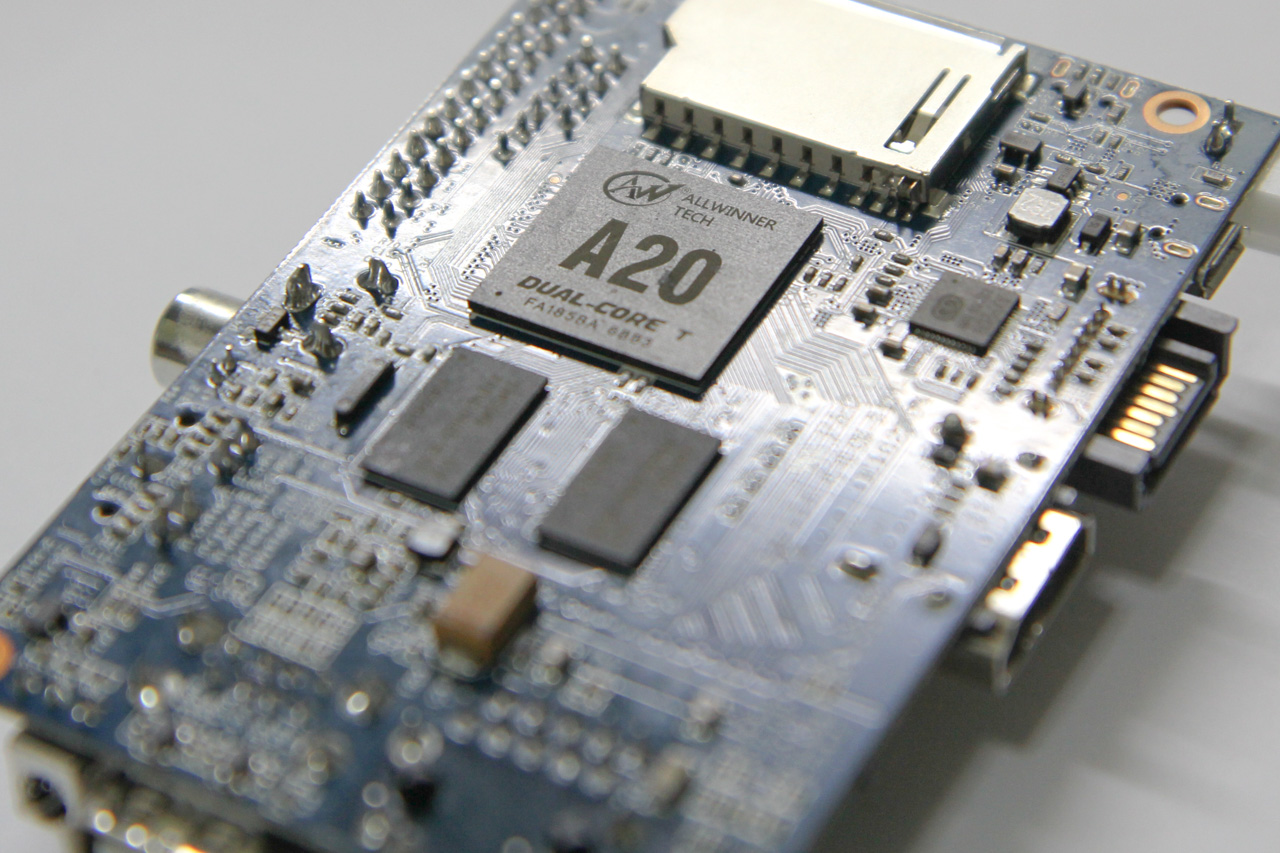

For example, using rc.local, while easy, does not give you access to the X server (the thing that gives you a GUI desktop). Note that any program (compiled, script, etc.) can be used, but choosing the right method for starting your script is important. In the rest of the tutorial, we will show starting Python programs on boot with two examples: blink.py and clock.py. If you aren't familiar with the following concepts, we recommend checking out these tutorials before continuing:
#U boot raspberry pi full
If you would like a full desktop setup, we recommend the following: Suggested Reading
#U boot raspberry pi code
If you plan to make a dashboard (or clock, as given by the example code in the next section), you will need a monitor and keyboard for your Pi. As such, it is a robust way to create and manage services that run in the background.Īt a bare minimum, you will need a Raspberry Pi, SD card, and power supply for this tutorial. networking, graphical desktop), or simply restart your program over and over again until it works. It is definitely the most complicated of the three, but it allows you to run before LXDE starts, wait until you have access to other processes (e.g. systemd - The new and popular way to automatically start programs in Linux.It's slightly more complicated than rc.local, but it lets you run programs that require graphical elements. autostart - Used to automatically run your programs once LXDE (graphical desktop environment used by Raspbian) starts.


The downside is that tasks started with rc.local happen before the X windows system starts, which means you will not have access to graphical user interface (GUI) elements.


 0 kommentar(er)
0 kommentar(er)
